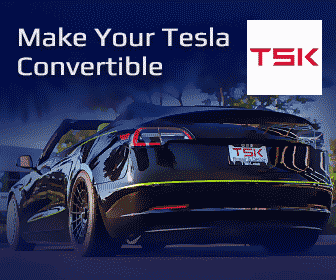How Wireless EV Charging Works: Complete Technology Breakdown for 2025
Share this article in Social Media:
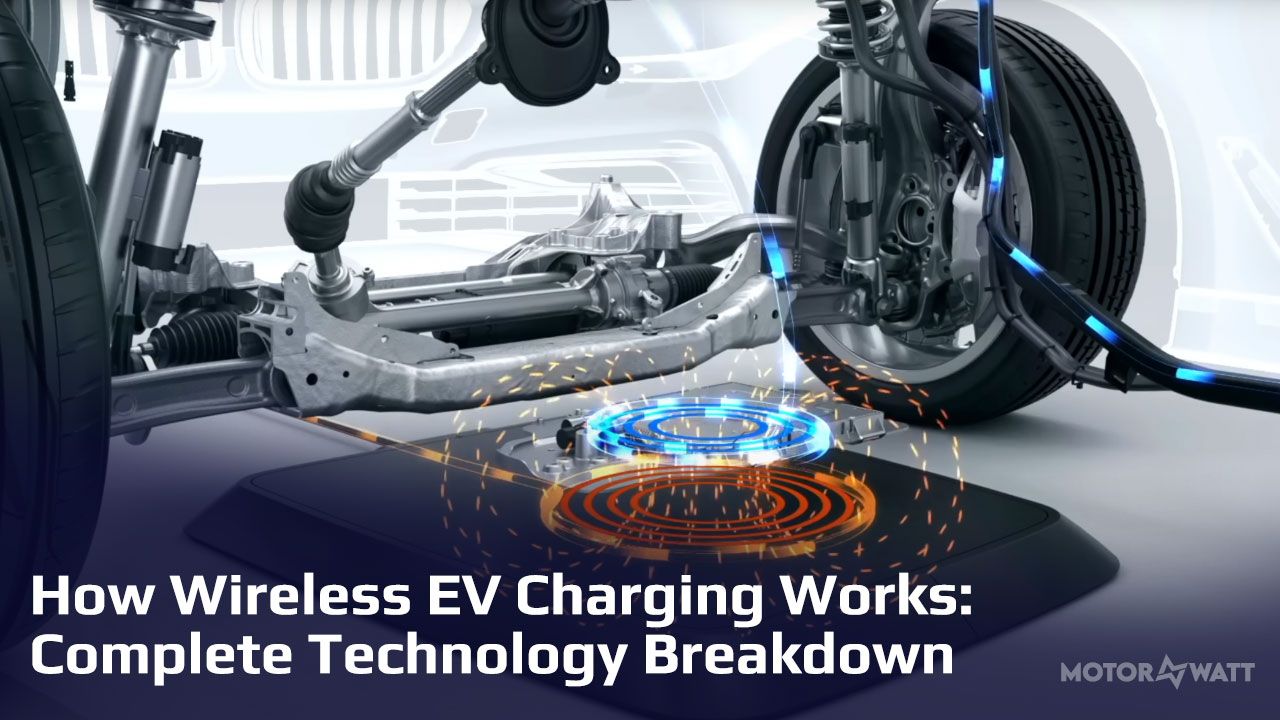
Did you know that the wireless EV charging market is projected to grow by over 30% annually through 2025? That's right! As an EV enthusiast who's been following the industry for over a decade, I've watched this technology transform from a futuristic concept into a practical reality that's reshaping how we interact with our electric vehicles.
I still remember the days of wrestling with heavy charging cables in the pouring rain, or forgetting to plug in overnight only to wake up to a nearly dead battery. Those frustrating experiences are exactly what wireless charging aims to eliminate. The convenience factor alone has me completely sold on this technology!
In this comprehensive breakdown, I'll walk you through exactly how wireless EV charging works, from the basic principles of magnetic resonance to the sophisticated systems being deployed today. Whether you're considering upgrading your current setup or just curious about the technology that might come standard with your next vehicle, this guide will give you a solid understanding of the inner workings of wireless EV charging in 2025.
The Basic Principles of Wireless EV Charging
At its core, wireless EV charging operates on a principle that's been around since the days of Nikola Tesla – inductive power transfer. I remember being absolutely fascinated the first time I saw this demonstrated at a tech convention back in 2018. The presenter placed a small toy car on a pad, and without any visible connection, the thing just started moving!
Here's how it works in simple terms: A primary coil in the charging pad creates a magnetic field that induces an electric current in a secondary coil installed in your vehicle. This happens through a process called electromagnetic induction. Think of it like the wireless charger you might use for your smartphone, but scaled up significantly to handle the much larger power requirements of an electric vehicle.
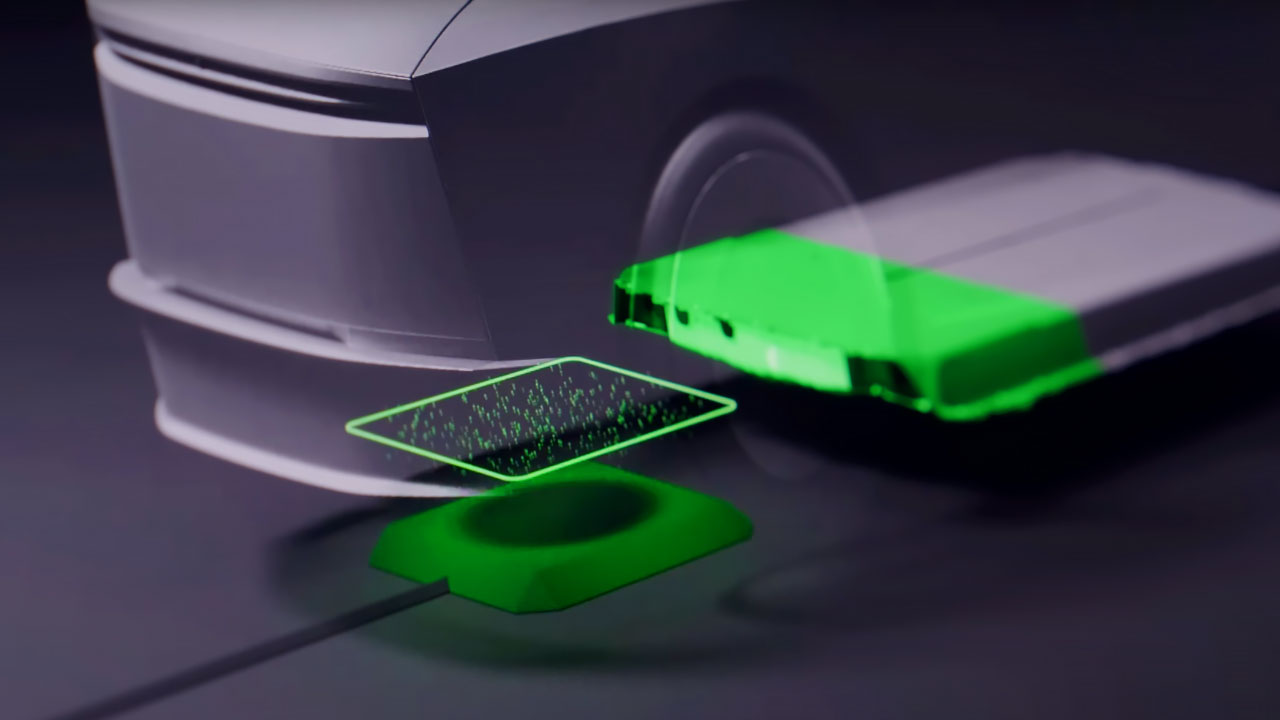
There are actually two main approaches to wireless charging technology:
- Inductive charging - Uses tightly coupled coils that need to be closely aligned
- Magnetic resonance charging - Uses resonant circuits that allow for greater distance and alignment tolerance
Most modern wireless EV charging systems use magnetic resonance because it's more forgiving of misalignment between the vehicle and charging pad. I learned this the hard way with an early prototype system I tested – it was incredibly finicky about positioning, and I had to practically perform a parking ballet to get it to work properly!
The basic components of a wireless EV charging system include:
- A grid-connected power converter
- A transmitter coil (in the charging pad)
- A receiver coil (mounted underneath the vehicle)
- Control and communication electronics
- Safety systems to detect foreign objects or living beings
Energy transfers from the charging pad to your vehicle through that magnetic field, with the receiver converting it back into electrical energy that can charge your battery. Simple in concept, but the engineering behind making this efficient and safe is incredibly complex.
Current Wireless EV Charging Technologies on the Market
The wireless EV charging landscape has become much more standardized since the SAE (Society of Automotive Engineers) introduced the J2954 standard. This was a game-changer for the industry! Before this standard, I had to research compatibility for hours before even considering a wireless charging option.
The standard defines several power levels for wireless charging:
- WPT1: 3.7kW (Level 1)
- WPT2: 7.7kW (Level 2)
- WPT3: 11kW (Level 2)
- WPT4: 22kW (DC charging)
Most residential systems fall into the WPT1 or WPT2 categories, while commercial installations typically use WPT3 or WPT4. I upgraded from a 3.7kW system to a 7.7kW one last year, and the difference in charging times was night and day!
Several manufacturers have emerged as leaders in this space, including WiTricity, Plugless Power, and HEVO. While they all adhere to the SAE J2954 standard in 2025, each has proprietary enhancements that slightly differentiate their offerings. Some focus on higher efficiency, others on easier installation, and some on additional features like integration with home energy management systems.
Speaking of efficiency, today's wireless charging systems have come a long way. The first generation I tried back in 2020 had about 85% efficiency compared to plugging in directly. Now, the best systems are achieving 92-94% efficiency rates, which is remarkably close to traditional charging cables that typically operate at 95-97% efficiency. That 2-3% difference is a small price to pay for the convenience, in my opinion!
For those with older EVs, retrofitting options are available. I helped a friend install an aftermarket system on his 2021 EV last year. It involved mounting a receiver pad to the underside of the vehicle and connecting it to the vehicle's existing charging system. While not as elegant as factory-installed systems, it works surprisingly well for vehicles never designed with wireless charging in mind.
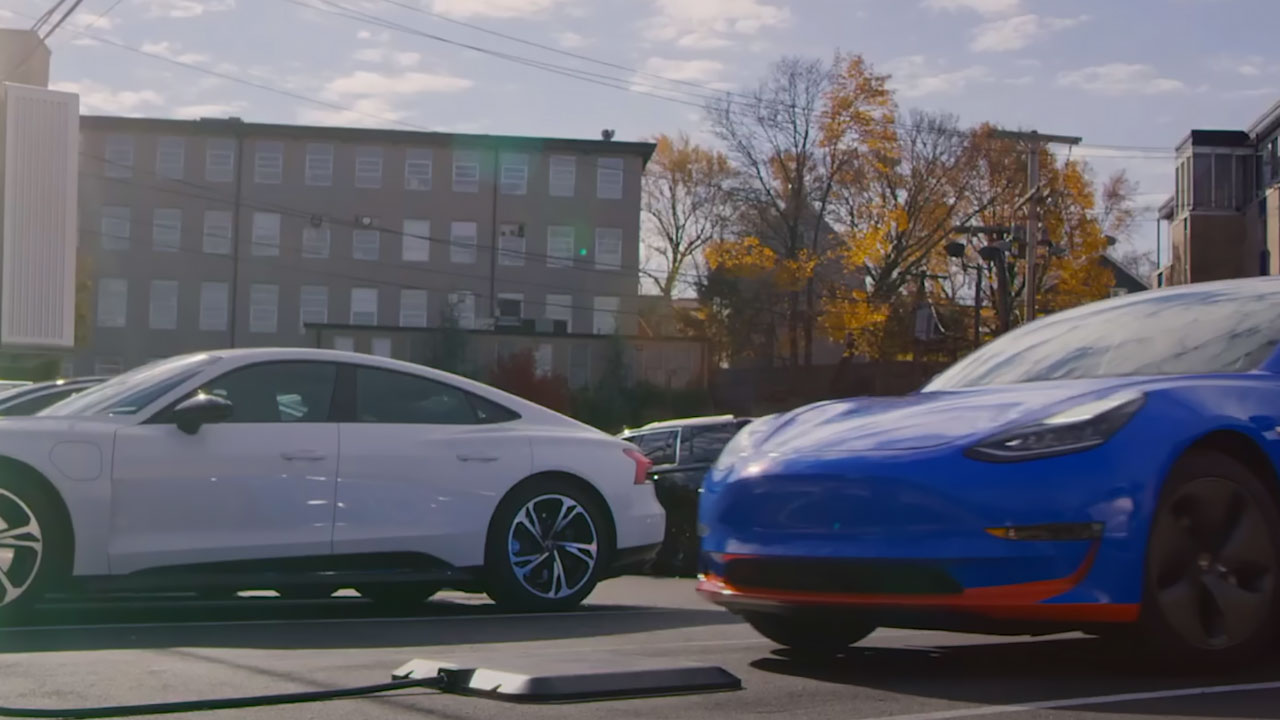
The Wireless EV Charging Process Step-by-Step
The actual wireless charging process is deceptively simple from a user perspective, but there's a lot happening behind the scenes. Let me walk you through what happens when you park over a wireless charger:
First, proper alignment is crucial. Most modern systems in 2025 include positioning aids like guide marks on the pad, LED indicators, or even smartphone apps that use cameras to help you align perfectly. I've found that after a few days of using these aids, it becomes second nature to park in just the right spot. Some premium vehicles now even have automated systems that alert you when you're positioned correctly.
Once you're properly aligned, the charging process begins with a handshake between the vehicle and charger. The pad detects the presence of your vehicle and initiates communication through either a Bluetooth connection or a dedicated communication channel. Your vehicle responds with information about its charging capabilities and battery status.
The next step is absolutely fascinating – the system performs a series of safety checks before beginning power transfer. It scans for any foreign objects between the pad and vehicle (like metal debris that could heat up dangerously) and verifies that the alignment is within acceptable parameters.
When everything is good to go, power transfer begins gradually, ramping up to the maximum rate. Throughout the charging session, the system continuously monitors dozens of parameters including:
- Coil temperatures
- Transfer efficiency
- Battery charge state
- Presence of foreign objects
- Vehicle alignment
- Grid power quality
If anything unusual is detected, the system will automatically adjust or shut down if necessary. I once had a charging session interrupted when my cat decided to investigate the charger and triggered the living object detection! Better safe than sorry.
For a typical 60kWh battery at 50% charge, a 7.7kW system will take about 4 hours to reach full charge. Higher-powered systems like the 22kW options now available at some commercial locations can cut this down to under 90 minutes.
Installation Requirements for Wireless EV Charging
Installing a wireless charging system at home requires some planning. I learned this the hard way when I realized my garage's electrical panel couldn't handle the additional load without an upgrade!
For home installations, you'll typically need:
- 240V electrical service (similar to what's needed for a conventional Level 2 charger)
- Dedicated circuit (usually 30-40 amps depending on the system)
- A flat, level surface for the charging pad
- Sufficient clearance between the pad and vehicle (typically 4-6 inches)
- Proper ventilation if installed in an enclosed space
Commercial installations have additional considerations including:
- Higher power electrical service
- Multiple charging stations management
- Billing and authentication systems
- More robust weatherproofing for outdoor installations
- Compliance with accessibility regulations
The actual physical installation process involves securing the charging pad to the ground or embedding it in the floor. Some systems are designed to be surface-mounted while others require a recessed installation. My first system was surface-mounted (a trip hazard I learned to avoid), but when I renovated my garage, I had the new one installed flush with the floor – much better!
Most modern wireless charging systems also integrate with home energy management systems. Mine communicates with my solar panels and home battery to optimize charging based on when electricity is cheapest or when I'm generating excess solar power. This integration has made a noticeable difference in my electricity bill!
Common Challenges and Solutions in Wireless EV Charging
Despite the impressive advances in wireless charging technology, some challenges remain. The most significant is efficiency loss – even the best systems lose some energy in the transfer process. I've found that the real-world efficiency varies based on several factors:
- Alignment precision (even with guides, not everyone parks perfectly)
- Distance between transmitter and receiver (vehicle ground clearance matters)
- Foreign object detection (sometimes too sensitive)
- Weather conditions (extreme temperatures affect performance)
Manufacturers have addressed these challenges in various ways. The most effective solutions I've seen include adaptive power control systems that continuously adjust to maximize efficiency based on actual conditions. Some premium systems now feature motorized components that can make small adjustments to improve alignment after parking.
Foreign object detection is another challenge. These systems need to be sensitive enough to detect potentially dangerous metal objects while not being so sensitive that they constantly false alarm. After a frustrating experience with an early system that would stop charging if a leaf blew under my car, I'm happy to report that the AI-based detection systems in 2025 are much more reliable at distinguishing between harmless objects and potential hazards.
Weather impacts performance too. I live in Minnesota, and wireless charging in winter presented some unique challenges with snow accumulation on the pad. The best systems now include heating elements to melt snow and ice, though this does consume some additional energy.
Compatibility remains an issue for those with older vehicles. While the SAE J2954 standard has improved interoperability, there are still some combinations of aftermarket receivers and charging pads that don't work optimally together. I always recommend checking compatibility charts before purchasing components from different manufacturers.
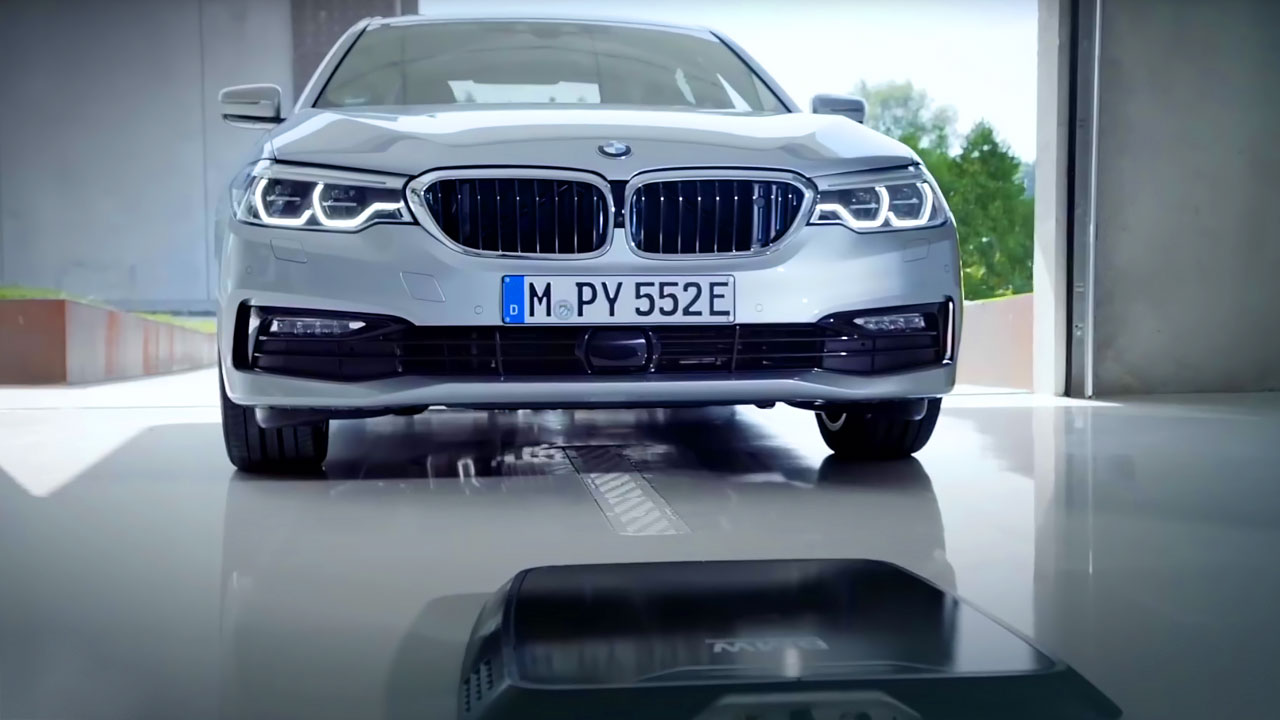
The Future of Wireless EV Charging Technology
The future of wireless charging has me genuinely excited. The most promising development is dynamic wireless charging – embedding charging coils directly into roadways to charge vehicles while they're in motion. I actually got to test a prototype of this technology on a closed track last year, and the experience of watching my battery percentage increase while driving was mind-blowing!
Several pilot projects are already underway in Europe and Asia, with short stretches of electrified roads charging compatible buses and delivery vehicles. The potential for this technology to eliminate range anxiety entirely is enormous, though the infrastructure investment required means it will likely be limited to specific routes for the foreseeable future.
Higher power transfer capabilities are also on the horizon. While 22kW is the current upper limit for most commercial systems, researchers have demonstrated wireless charging at power levels exceeding 200kW in laboratory settings. This could eventually enable wireless fast charging comparable to today's DC fast chargers.
The integration with autonomous vehicles is particularly promising. Imagine your self-driving car automatically finding a wireless charging spot and positioning itself perfectly without any human intervention! This synergy between autonomous technology and wireless charging seems like a natural fit.
Perhaps most exciting is the development of bi-directional wireless charging, enabling vehicle-to-grid (V2G) applications without plugging in. This would allow your car to serve as a mobile energy storage unit, supplying power back to your home during outages or selling energy back to the grid during peak demand periods – all wirelessly. I've seen early prototypes of this technology, and while efficiency remains a challenge, the convenience factor makes it very appealing.
Here's a list of the most promising companies developing wireless charging stations for electric vehicles:
WiTricity
WiTricity is a Massachusetts-based EV charging company pioneering wireless charging through patented high-resonance technology. Spun out of MIT, WiTricity enables efficient, contactless energy transfer for electric vehicles and electronics, eliminating the need for cables.
Electreon
Electreon is an Israeli EV charging tech company pioneering dynamic wireless charging. Using road-embedded coils, it powers vehicles in motion via magnetic resonance, achieving 90% efficiency at speeds up to 80 km/h. It's ideal for fleets but faces high infrastructure costs.
HEVO Power
Hevo Power is a U.S.-based EV charging company pioneering wireless charging systems for electric vehicles. Founded in 2011, it offers efficient, cord-free charging infrastructure for private and commercial use, with a focus on sustainability and user-friendly tech.
Plugless Power (Evatran)
Plugless Power is a U.S. EV charging company specializing in wireless inductive charging. Using aligned magnetic coils, their systems offer hands-free power transfer—no cords, no plugs. Their lineup includes home, workplace, public, and fast-charging solutions.
InductEV
InductEV is a U.S.-based wireless EV charging company, offering 75–450 kW static and dynamic charging for fleets. Known for powering buses and ports, its tech supports on-the-go charging with 90% efficiency, cutting CO2 and boosting uptime for transit and logistics.
WAVE Charging
WAVE Charging, based in Salt Lake City, delivers high-power wireless EV charging for fleets, with systems up to 500 kW. Its tech supports static and in-route charging for heavy-duty vehicles, enhancing uptime, reducing battery size, and enabling scalable electrification.
Continental AG
Continental AG and Volterio are co-developing a fully automatic EV charging robot with a 22 kW AC connection. The system includes underbody and floor units that auto-align via ultra-broadband, enabling hands-free, cable-free charging without precise parking alignment.
Conclusion
Wireless EV charging technology has come a long way since I first encountered it. What was once a novelty is now a practical, efficient solution that's changing how we interact with our electric vehicles. The technology leverages basic principles of electromagnetic induction but applies them in increasingly sophisticated ways to maximize convenience, safety, and efficiency.
While challenges remain, particularly around efficiency and infrastructure costs, the trajectory is clear. As more vehicles come equipped with wireless charging capabilities from the factory and installation costs continue to decrease, I expect this technology to become the standard method of charging for many EV owners.
Whether you're considering a wireless charging system today or waiting for the next generation of enhancements, understanding how this technology works helps you make informed decisions about your EV charging setup. For me, the convenience of simply parking and walking away – no cables, no plugs, no fuss – has made wireless charging well worth the investment.
What's your experience with EV charging? Are you considering going wireless or sticking with traditional charging methods? I'd love to hear your thoughts in MOTORWATT Community and answer any questions you might have about this fascinating technology that's transforming how we charge our electric vehicles.


